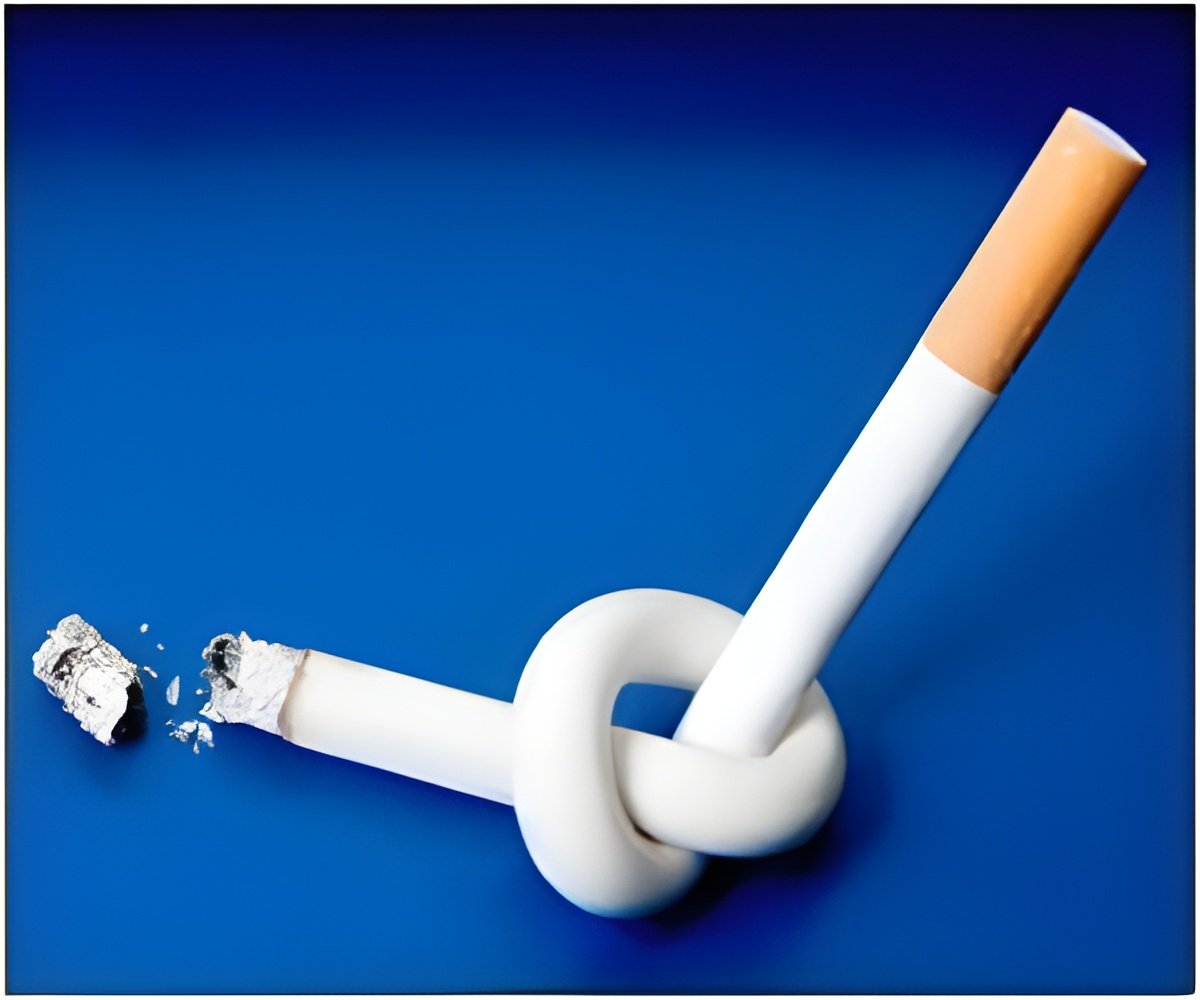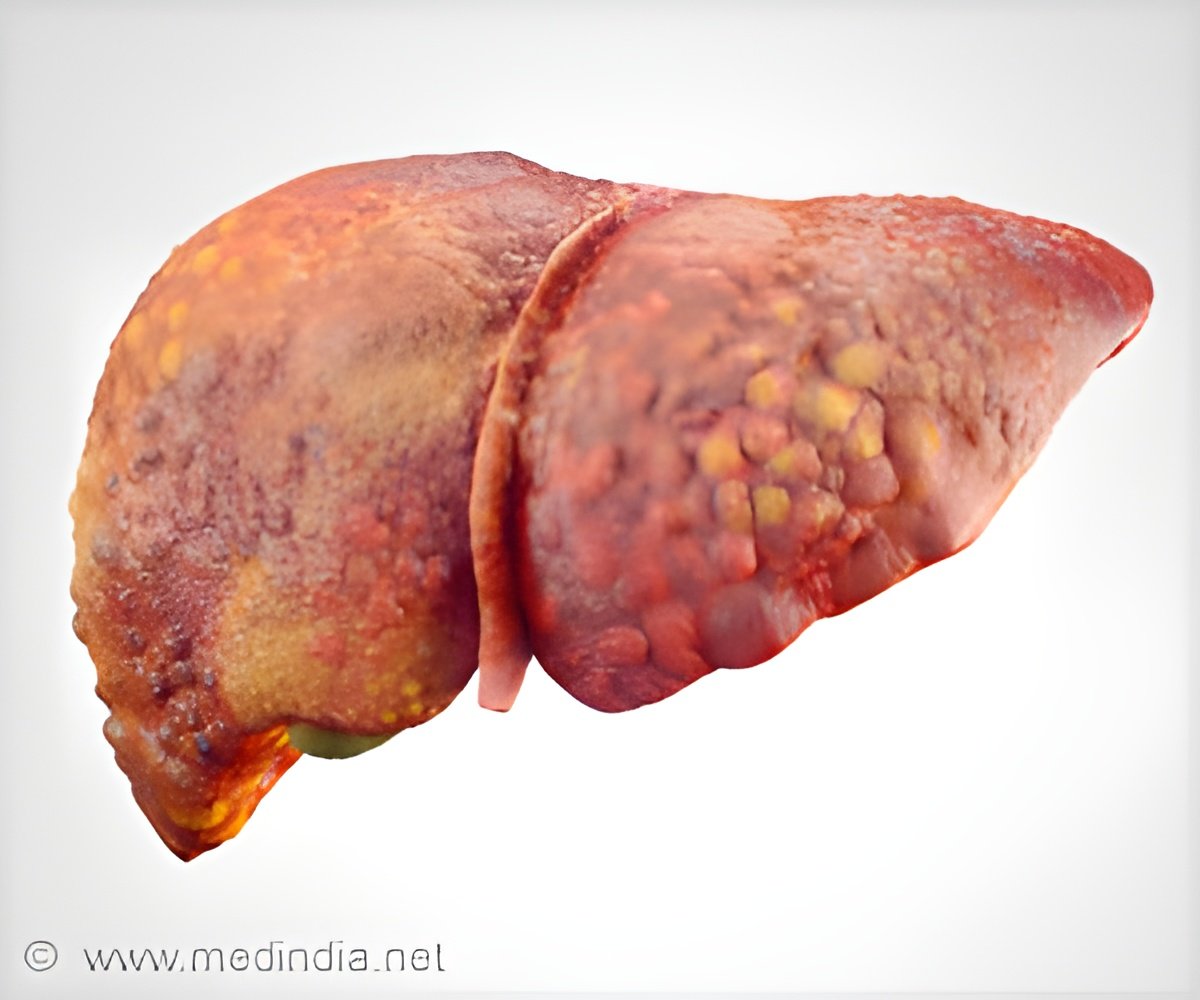
The first-ever clinical treatment guideline for tobacco cessation in adults has been issued by the World Health Organization (WHO), suggesting the use of pharmacological treatments such as Nicotine Replacement Therapy (NRT) and prescription medications like bupropion and cytisine.
Advertisement
Want to Quit the Use of Tobacco? The WHO has recommendations
The guideline is designed to assist over 750 million tobacco users globally who are looking to quit all types of tobacco. It provides a holistic strategy that integrates approaches like behavioral assistance from healthcare professionals, digital cessation tools and pharmaceutical treatments (1✔ ✔Trusted Source
WHO releases first-ever clinical treatment guideline for tobacco cessation in adults
).
The recommendations provided are relevant for any adult seeking to stop using different tobacco items, such as cigarettes, waterpipes, smokeless tobacco products, cigars, roll-your-own tobacco, and heated tobacco products (HTPs).
“The guideline empowers countries with the essential tools to effectively support individuals in quitting tobacco and alleviate the global burden of tobacco-related diseases,” said Dr Tedros Adhanom Ghebreyesus, WHO Director-General.
Although there is a strong global inclination to stop using tobacco, more than 60% of the 1.25 billion tobacco users worldwide do not have access to adequate cessation services, mainly because of obstacles like limited resources within healthcare systems.
Advertisement
Treatment Options at No or Low Cost!
WHO has promoted the availability of treatments at no cost or reduced cost to improve the accessibility, particularly in low- and middle-income countries. In 2023, WHO launched a prequalification process for medications targeted for tobacco cessation in order to improve access to recommended treatments. A significant milestone was reached in April 2024 when Kenvue’s nicotine gum and patch became the first NRT products to be prequalified by WHO.
Furthermore, the WHO recommends use of buproprion and cystisine as effective pharmaceutical treatments for tobacco cessation.
In addition, the recommendation suggests different behavioral strategies, such as short counseling sessions (ranging from 30 seconds to 3 minutes) by health workers, regularly offered in medical facilities. For individuals in need of additional help, more in-depth behavioral assistance, like one-on-one sessions, group sessions, or phone counseling, is encouraged. Moreover, digital interventions like text messages, smartphone applications, and online programs are suggested as tools for self-care or additional support.
The World Health Organization (WHO) has urged healthcare providers, policymakers, and stakeholders to implement this guideline in order to boost the tobacco cessation efforts and enhance global health results.
Advertisement
Guideline Impact on India
The initiative is important for India. According to data from Global Adult Tobacco Survey-2 (GATS-2), 2016-17, 55.4% of current smokers and 49.6% of current smokeless tobacco (SLT) users intended to quit or were thinking about quitting. However, only a small number of smokers (4.1%) and smokeless tobacco users (3.2%) used pharmacotherapy, and a minor percentage sought counseling assistance (8.6% of smokers and 7.3% of SLT users).
Dr. Monika Arora, Vice-President (Research and Health Promotion) at the Public Health Foundation of India (PHFI), emphasized that the guidelines are thorough, well-timed, and essential, particularly in low- and middle-income countries such as India.
“This low utilisation highlights the need to innovate solutions and strengthen existing services to address tobacco as a significant risk factor contributing to the global DALYs burden. DALYs, prioritising tobacco cessation interventions in India, particularly given the burden of SLT use, is essential. Investments are needed to strengthen cessation services through digital innovations in clinical settings and promote cessation in community settings,” she said.
DALYs or Disability-Adjusted Life Years, measure the total burden of disease by combining years of life lost due to premature death and years lived with disability. One DALY equals one lost year of healthy life.
This critical step by the WHO highlights the importance of encouraging tobacco cessation and assist those who desire to quit.
Reference:
- WHO releases first-ever clinical treatment guideline for tobacco cessation in adults – (https://www.who.int/news/item/02-07-2024-who-releases-first-ever-clinical-treatment-guideline-for-tobacco-cessation-in-adults)
Source-Medindia



